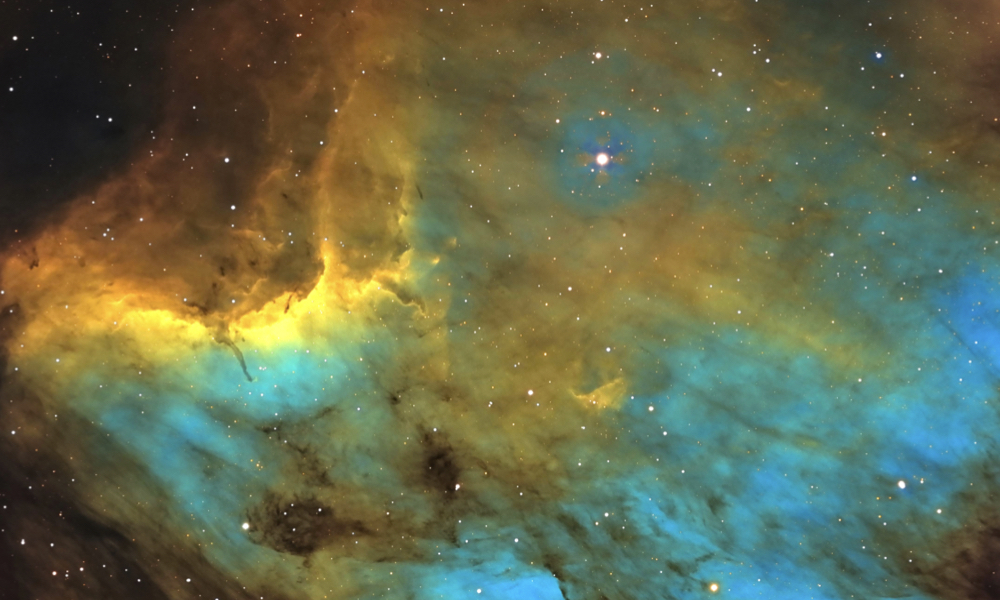
ESA Open Invitation to Tender AO10480
Open Date: 14/09/2020
Closing Date: 09/11/2020 13:00:00
Status: ISSUED
Reference Nr.: 20.1EP.09
Prog. Ref.: GSTP Element 1 Dev
Budget Ref.: E/0904-611 – GSTP Element 1 Dev
Special Prov.: DE
Tender Type: C
Price Range: > 500 KEURO
Products: Satellites & Probes / Power / Power Monitoring and Control / PCDUs / Satellites & Probes / Structures / Structures – BB / Plates panels and bearing walls / Satellites & Probes / Thermal Control / Heat Transport / High Temperature Heat Pipes / Satellites & Probes / Thermal Control / Heat Transport / High temperature CPL/LHP (Capillary Pumped Loop/Loop Heat Pipe) / Satellites & Probes / Thermal Control / Heat Transport / Mini CPL/LHP (Capillary Pumped Loop/Loop Heat Pipe)
Technology Domains: Spacecraft Electrical Power / Power Conditioning and Distribution / Specific Power Supplies / Spacecraft Electrical Power / Power Conditioning and Distribution / Power Distribution / Structures / Advanced Structural Concepts and Materials / Design and Verification Technologies / Thermal / Heat Transport Technology / Heat Pipes / Thermal / Heat Storage and Rejection / Radiators
Establishment: ESTEC
Directorate: Directorate of Tech, Eng. & Quality
Department: Electrical Department
Division: Power Systems, EMC & Space Environ.Div
Contract Officer: Seynaeve, Christophe Rene R.
Industrial Policy Measure: N/A – Not apply
Last Update Date: 14/09/2020
Update Reason: Tender issue
Power units have been using the same integration system since decades. It is based on a vertical module approach that limits considerably the thermal access to the baseplate. Moreover, some of the modules have very low dissipation but still use the same system. As a consequence, these modules occupy some precious space that is scarce for the high power consumers. This becomes a limiting factor in high dissipation units. Power units like Power Conditioning Units (PCDU) and Power Propulsion Units for Electrical Propulsion (PPU) easily dissipate more 300W. At system level (Satellite) a dedicated radiator of 1m^2 is needed to cool down a unit of 300W withan interface temperature of 50 degrees C.The activity will try to find new mechanical concepts that maximize the space allocated to the high dissipative modules by placing the low dissipative ones farther away. To achieve this, new materials and new thermal concepts will be needed. Internal micro-heat pipes or improved thermal paths need to be explored. The main goal is to improve the unitspower density, making them smaller and lighter. There can be some impacts at system level that need to be studied since, once evacuated from the unit, the heat has to be harnessed to the radiators. If the heat density is higher, there could be limitations on thatside. Hence, the heat spread should be better than the current one in order to reduce that density and limit, or even improve the impact at system level. For instance, by eliminating the cold plate or the external heat pipes. The objective could be achieved if the modularity approach changes from vertical to horizontal (or combined vertical/horizontal) so that there is ample room for power dissipative components to be mounted close to the radiators. Due to this new concept, also components not mounted directly on baseplate can benefit from the “shorter”(=improved) thermal path. Taking inspiration from automotive industry, new packaging techniques haveto be studied and tried out on space units. Also new internal (modules) connection concept has to be develop, maybe in the form of grid or matrix.
If you wish to access the documents related to the Invitation to Tender, you have to log in to the ESA Portal.
